Varjaskér church ruin
Location
Somogyszentpál
Construction period
13th century
Year of restoration
2024
Category
Other facilities
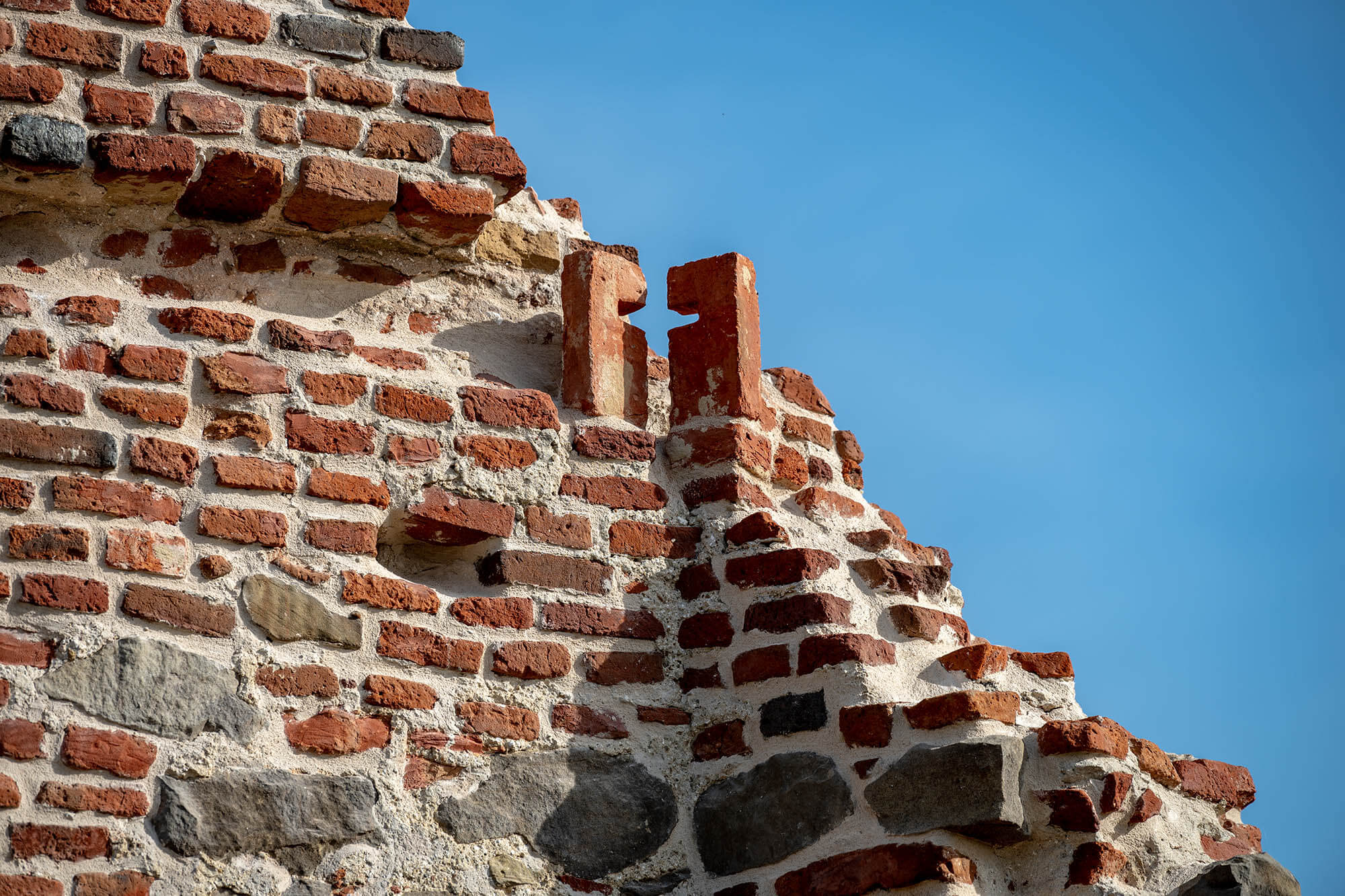
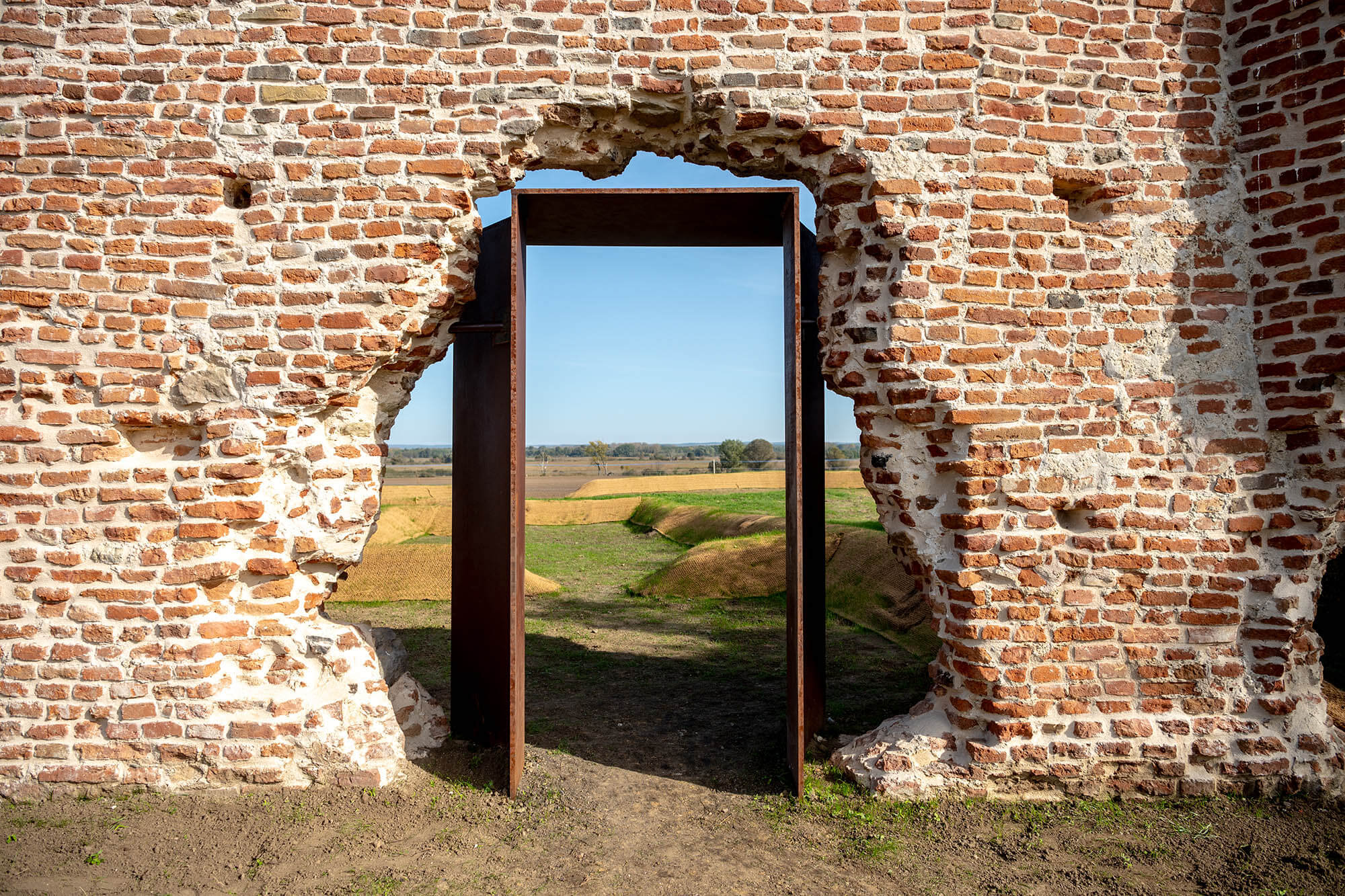
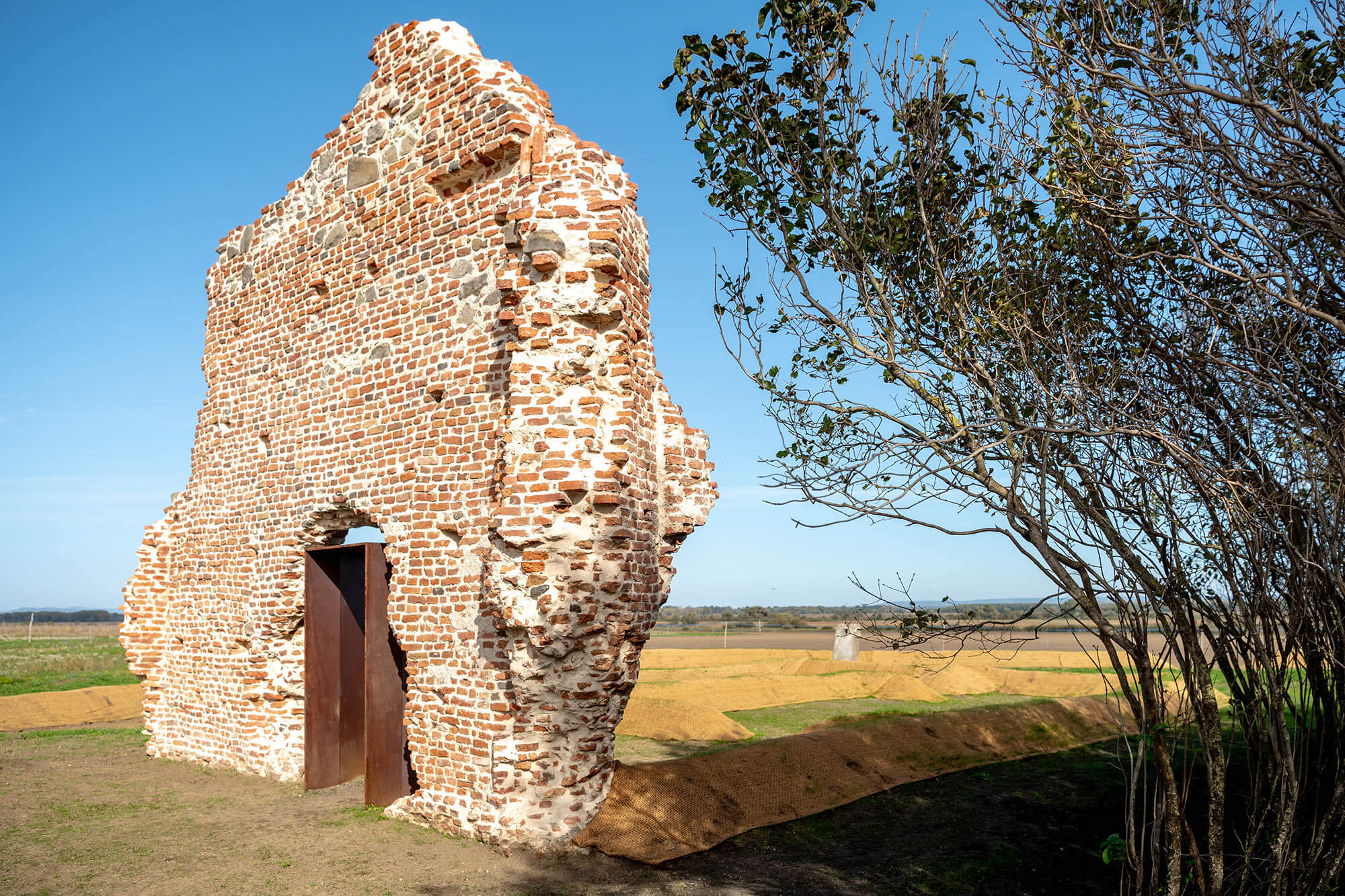
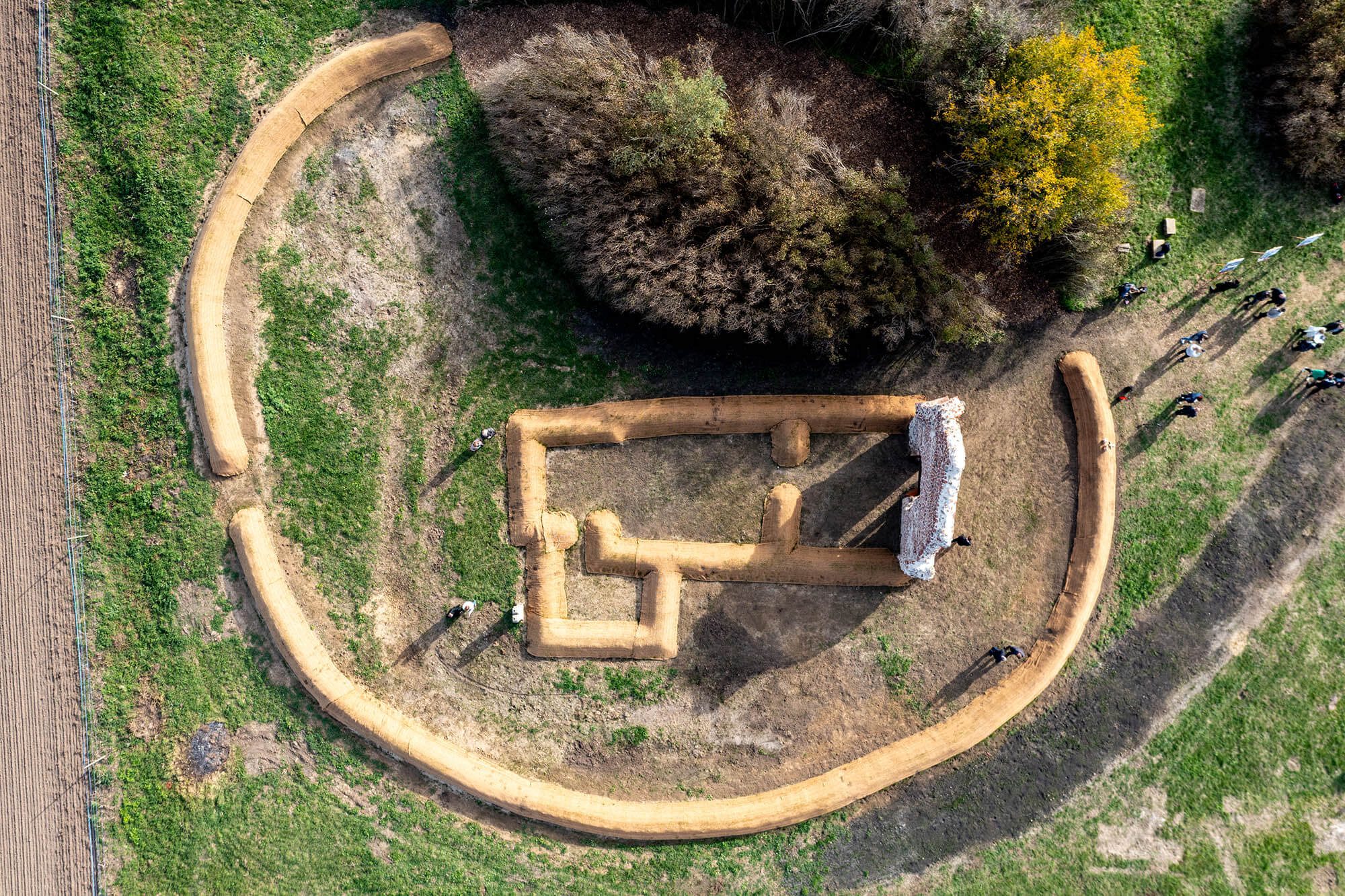
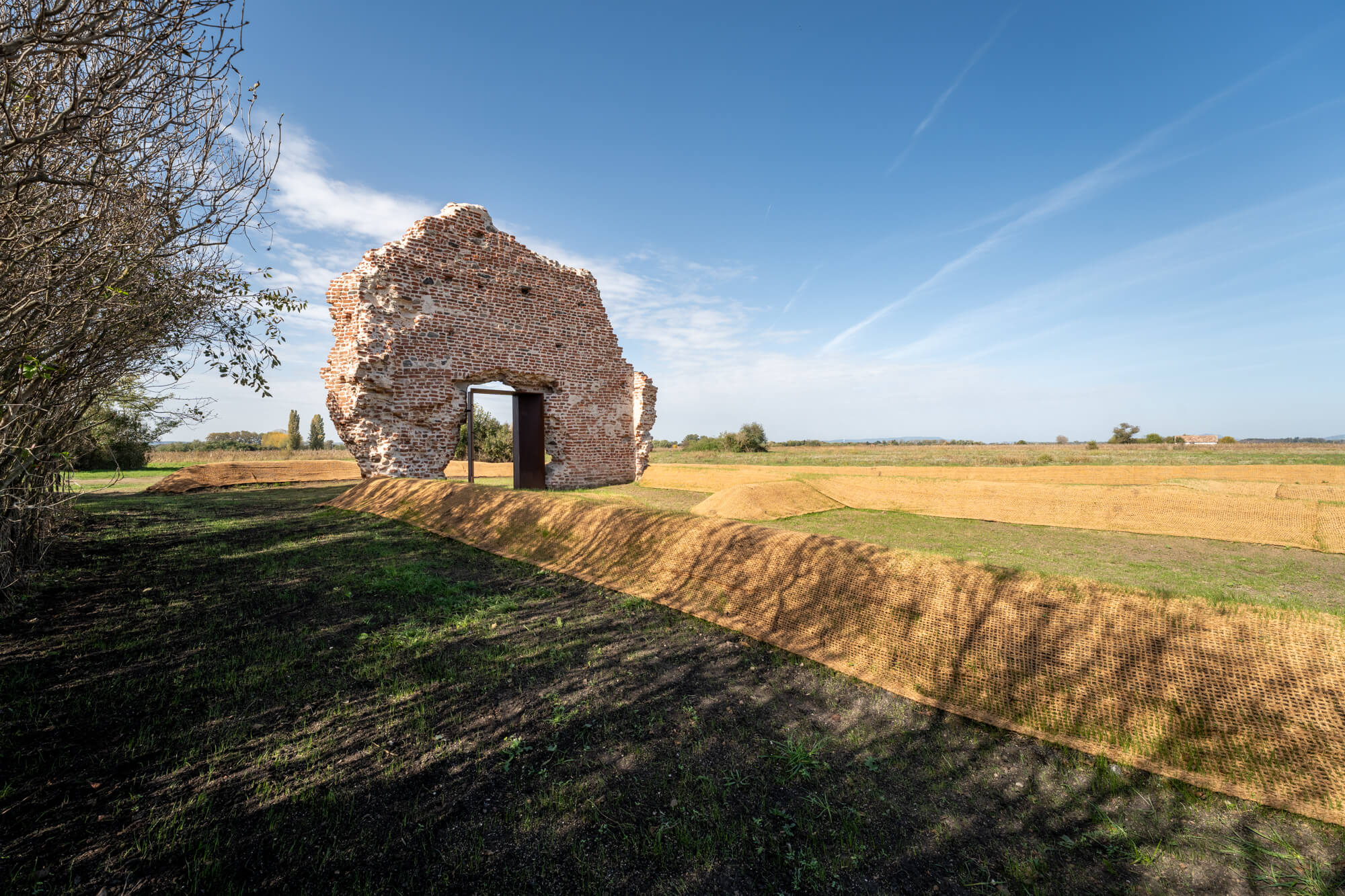
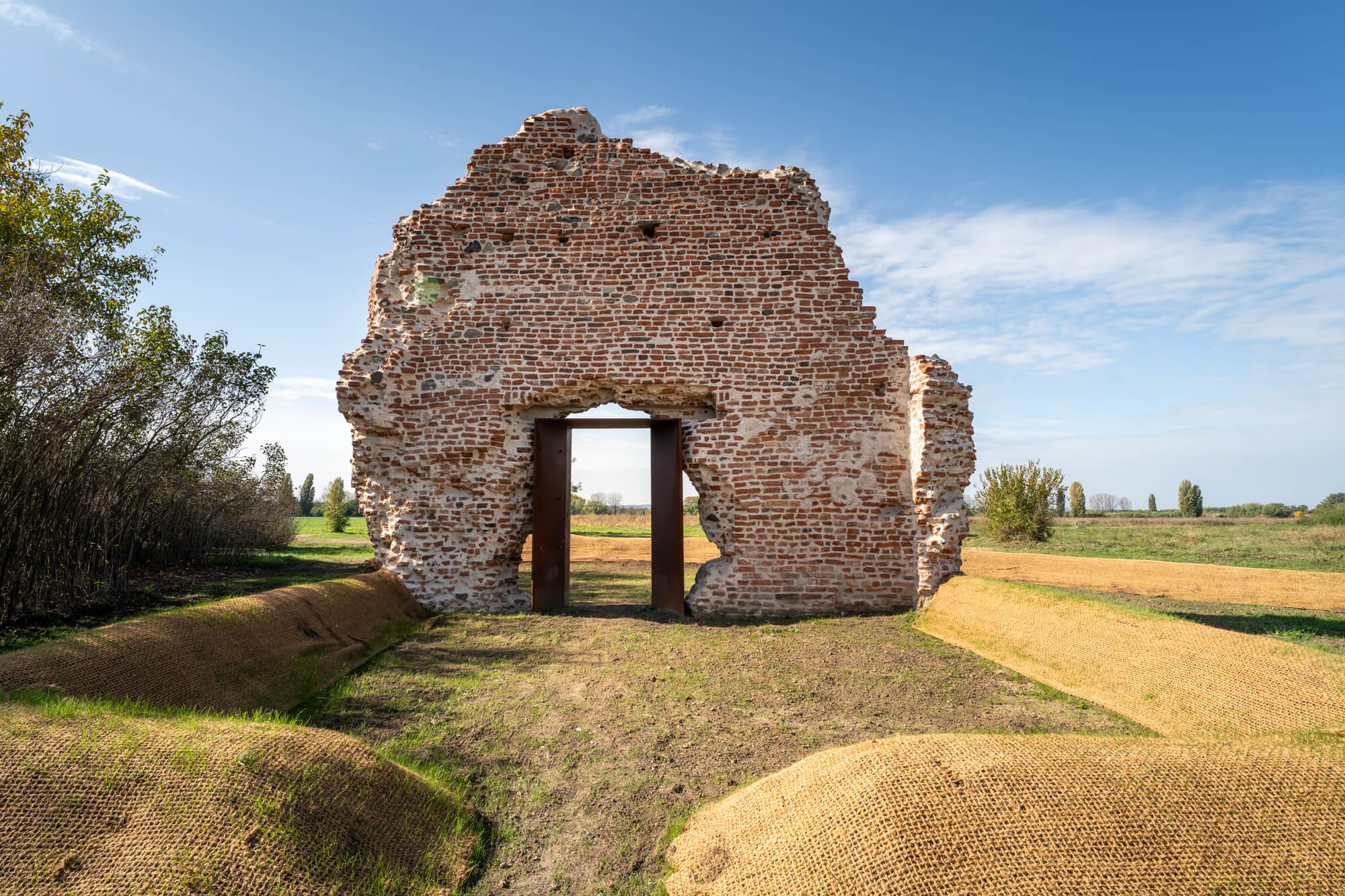
The fourth milestone of the ROM Vándor (Ruin Rover) programme is the ruined church of Varjaskér, situated on the outskirts of Somogyszentpál. Within the framework of Market Építő Zrt.’s corporate social responsibility programme, ROM Vándor, a sacred monument of Somogy County has been brought back to life, fulfilling the programme’s mission: to rescue, revive, and celebrate our national cultural heritage, while strengthening the cultural identity of the Southern Transdanubian region. The full rehabilitation of this little-known Árpád-era ruin was coordinated, executed, and financed by Market Építő Zrt., with the restoration completed in the autumn of 2024.
The settlement of Kér was founded in the time of the Hungarian conquest, taking its name from the tribe that settled here. Initially, soldiers were stationed in the area to guard the military road running along the southern shore of Lake Balaton. The first written reference dates to 1292, and in the papal tithe registers of 1333, the Kér church is listed as part of the Somogy archdeaconry. However, the Ottoman devastation led to the depopulation of both village and church. A new settlement emerged further north, and the church gradually fell into ruin, surrounded only by burials. Today’s Somogyszentpál was formed in 1928 through the union of Varjaskér and Tótszentpál.
The brick-built church, erected in the 13th century, now preserves only its western façade wall. In its first construction phase, a small rural church of 12 by 7 metres was built, featuring a straight-ended sanctuary and an internal lord’s gallery. Over time it was expanded, and from the west a tower was added, the entrance wall of which still stands today, enriching the Somogy landscape with its picturesque silhouette.
Archaeological research was first undertaken in 1960, when teacher Márk Kovácsevics partially excavated the ruin, unearthing, among other finds, eighteen human skeletons and a rare bronze crucifix within the nave. No further excavations took place from the 1970s until the spring of 2024, when, as part of the ROM Vándor programme, a ground-penetrating radar survey was carried out. This investigation defined the original dimensions of the church and the line of its enclosing wall. The masonry now conserved is the remnant of the medieval structure itself, untouched by heritage conservationists until this intervention.
During the restoration, wall surfaces were cleaned, missing bricks were replaced, and the wall crown was rebuilt, while preserving the ruin’s natural character. The entrance is marked by a Corten steel gate element, stabilising the surviving wall and alluding to the position of the former portal, harmoniously integrating with the medieval fabric. In the surrounding area, earth mounds mark the outlines of the former church foundations, while surface drainage restored the medieval ground level, enabling visitors to experience more vividly the spatial relationship of the church and its cemetery.
The landscape of the ruin is rich in natural value. In earlier centuries, the area between the Marcali Ridge, Inner and Outer Somogy, and Lake Balaton was covered by continuous waters, and it still retains a wild, marshy character with reed beds and tussock meadows. Somogyszentpál and its environs are easily accessible to visitors via the Balaton Uplands narrow-gauge railway. In recent years the settlement has gained cultural significance, becoming in 2023 one of the venues of the Veszprém–Balaton European Capital of Culture project.
The realisation of the restoration also engaged volunteers from Market Építő Zrt., who planted saplings, painted fencing, and tidied the ruin site. The first ROM Vándor graffiti artwork was also created on the wall of the local kindergarten. In cooperation with the Balaton Uplands National Park, kestrel nesting boxes were installed in the vicinity. The restored church ruin was officially inaugurated on 18 October 2024, at a public ceremony attended by the Deputy State Secretary for Monument Protection, the local Member of Parliament, the Mayor, and the programme leaders, who all emphasised in their speeches the importance of safeguarding the monument and reinforcing the shared values of the community.

